Duke of Burgundy
Hamearis lucina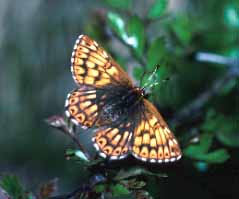
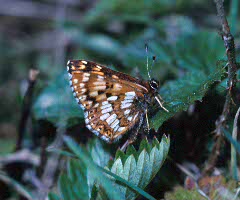
| Home | The Butterflies of Gloucestershire | Species | Habitats | Conservation |
Duke of BurgundyHamearis lucina |
 |
 |
| Female, 26 May 1978 | 6 May 1990 |
Habitat
This species is found mainly on unimproved Cotswold grasslands
with little or no grazing, and often with quite a lot of
hawthorn and other scrub growth. It needs places where its
larval foodplant, cowslip, does not wither during dry summers.
Open grassy areas with cowslips within woodland and young plantations can support Duke of Burgundy colonies. "Dukes" can also use primrose as a foodplant, and the species is found in one large wood in the area where it may be using primroses rather than cowslips, or in addition to them.
On grassland slopes, the adult butterflies can often be found in the warmest spots at the bottom of the slope. They sometimes rest on quite tall vegetation some distance from the grassland and any cowslips.
Old quarries and railway cuttings can also provide habitat for this species.
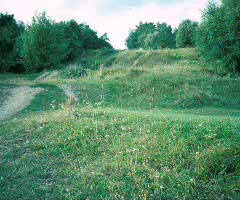 |
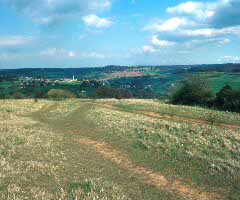 |
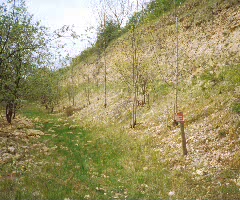 |
Conservation Issues
Special checks have been made during 1995 - 1999 to find the species
on most of the sites from where it had been recorded during the
previous 20 years. From the distribution map it appears
to have died out at many of these sites, although it may
survive at some in very low numbers.
Most Gloucestershire colonies have small adult populations. It is unusual to see more than a few specimens on one visit, and in some cases you are lucky to see one at all. The most I have counted at a site on one day was about 40.
Some colonies did survive for years on quite small patches of grassland before eventually dying out when the scrub cover became too dense.
Isolated colonies, particularly the smaller ones, are at risk of local extinction. There is little chance of natural recolonisation even if the habitat remains suitable. Particularly unfavourable weather (too cold and wet during the flight period, or drought later in the summer) could cause such losses.
Some of the remaining colonies are at risk of dying out as the habitat gradually changes. For example, in one valley the slopes which used to be grazed lightly by stock from adjoining fields are now ungrazed because those fields are now used to grow crops. Another colony was lost some years after its grassland was planted with conifers.
|
Flight PeriodIn most years, mid May to early or mid June
DistributionConfined to the Cotswolds in our area.
|
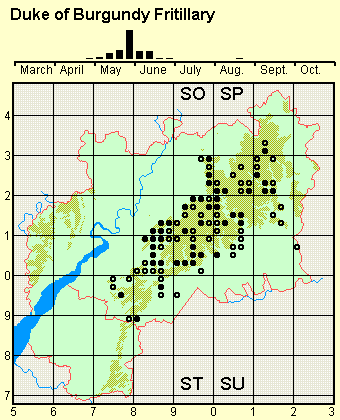 |